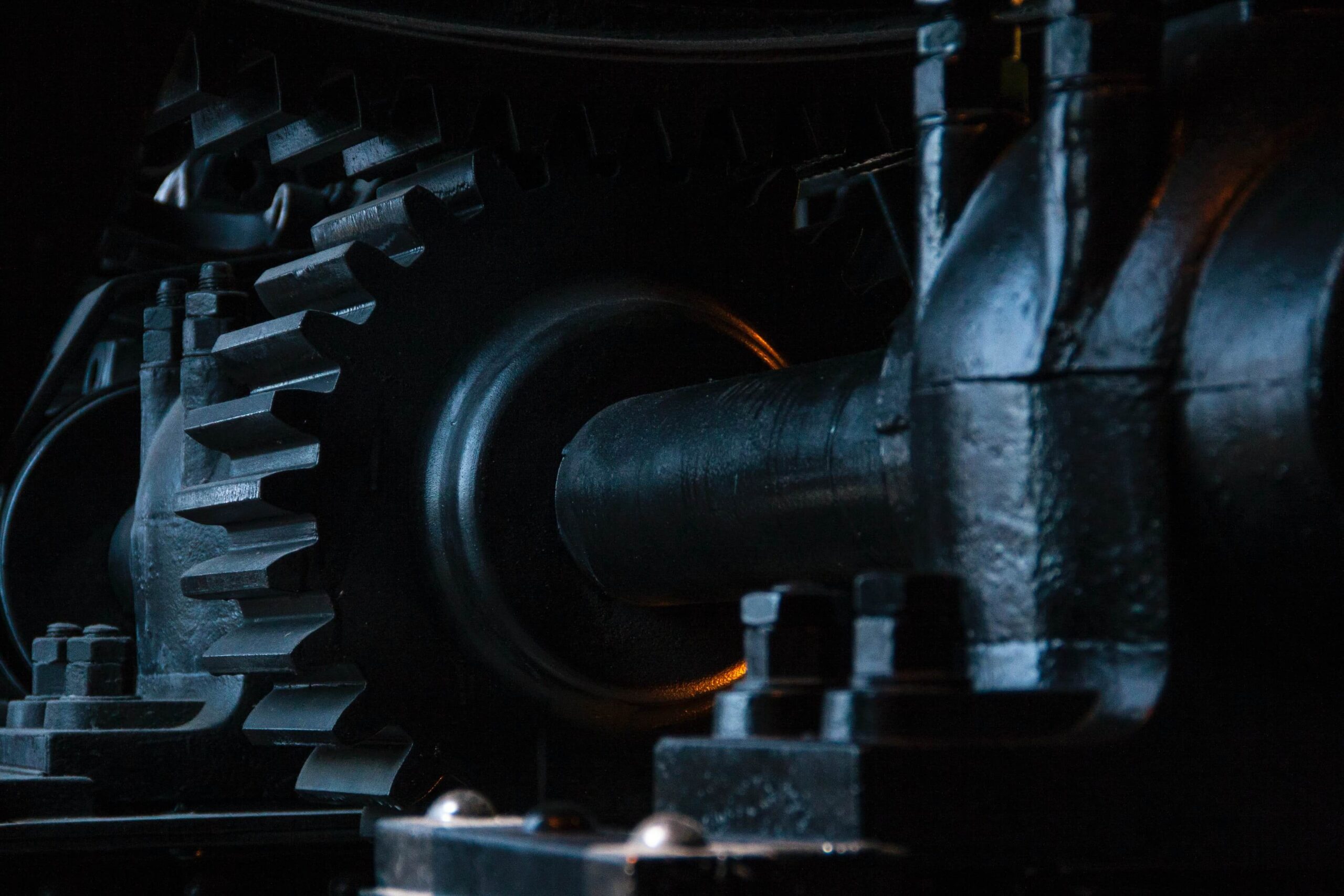With safety as a top priority, organizations continually seek innovative ways to minimize risks and protect their workers. In fact, Verdantix found that 39% of organizations are prioritizing the deployment of emerging technologies to strengthen their EHS technology strategies.
Computer vision stands out as a market-ready EHS technology with the power to detect hazards and ensure real-time safety. Often linked to autonomous vehicles and facial recognition, computer vison technology is now making waves in workplace safety, offering real-time hazard detection and rapid response capabilities.
What is Computer Vision?
Computer vision is a field of artificial intelligence (AI) that enables computers to “see” and interpret visual data, typically from video or camera feeds. Much like the human eye processes visual information, computer vision processes images or video to understand the surroundings and make decisions. However, unlike humans, computer vision systems can tirelessly monitor environments, detect patterns, and identify potential hazards or risks with precision.
In workplace safety, computer vision can analyze visual data to detect unsafe behaviors, identify hazards, or ensure compliance with safety protocols in real-time. By “teaching” AI algorithms to recognize these safety risks, companies can proactively reduce accidents and respond swiftly to potential issues.
How does computer vision compliment safety in the workplace?
For those wondering how computer vision is actually applied within safety programs, data is typically collected through strategically placed cameras—such as security cameras—that continuously monitor work environments, or by individuals capturing videos of work tasks. This visual data is then fed into advanced AI algorithms, which analyze footage in real-time to identify potential hazards and unsafe behaviors without requiring constant input from safety experts. By automatically detecting and flagging risky situations, computer vision helps optimize resources, allowing safety teams to focus on intervention and resolution rather than manual monitoring. Here are some use cases organizations are taking advantage of today:
Detecting Hazardous Behavior
Computer vision systems can recognize actions that indicate risky behavior in real time, such as not wearing protective equipment, entering restricted areas, or operating machinery unsafely. For example, in industrial settings, it can alert supervisors if a worker is not wearing a helmet or if multiple people are too close to heavy machinery.
Monitoring Compliance with Safety Protocols
In areas with strict safety regulations, computer vision helps ensure compliance. For instance, it can monitor that workers are wearing personal protective equipment or that equipment is safely stored and maintained. In healthcare or cleanroom environments, computer vision ensures that hygiene protocols are followed, reducing risks associated with non-compliance.
Preventing Collisions and Falls
By tracking the movements of both people and equipment, computer vision can prevent accidents involving vehicles or machinery. In warehouses and construction sites, for instance, computer vision can alert operators when workers are too close to a vehicle’s path or detect trip hazards in high-traffic areas.
Managing Industrial Ergonomic Risks
Computer vision technology will play an increasingly prominent role in identifying ergonomic risks by analyzing worker posture and movements during tasks. By capturing video data in real-time, these systems can flag unsafe behaviors, such as poor lifting techniques, and detect patterns that indicate systemic issues related to workstation design. This insight enables safety managers to intervene with targeted training and informs necessary design changes, ultimately enhancing worker comfort, productivity, and safety.
Deploying a Computer Vison Solution for Safety – Important Considerations
Implementing a computer vision system in the workplace requires careful planning and consideration. As organizations look to leverage this technology, they need to keep several important factors in mind to ensure a smooth transition. It’s essential to align the solution with your safety goals, address any data privacy and employee surveillance concerns, and assess how well it integrates with existing systems. By focusing on these aspects, organizations can effectively set themselves up for success in using computer vision to enhance workplace safety. Here are some key considerations to keep in mind:
Privacy and Data Security
Computer vision systems often involve cameras monitoring workspaces. To address potential privacy concerns, it’s essential to set transparent policies, clearly communicate to employees how the data will be used, and ensure data protection through robust security protocols. Some solutions also offer advanced privacy features such a facial blurring to protect the identity of workers on video.
Integration with Existing Systems
Evaluate how computer vision can integrate with your current safety tools. Seamless integration with other EHS software ensures smoother workflows and reduces the time required to act on insights. By connecting computer vision with incident reporting systems and compliance tracking tools, organizations can create a unified safety ecosystem that enhances overall safety performance and drives better outcomes.
Adaptability to the Work Environment
Different work environments present unique challenges. A factory floor, for example, requires a system capable of handling low light, high noise, and constant movement. Choose a solution that fits the specific needs of your industry and workplace.
A Vision for Safer Workspaces
Computer vision has evolved from a futuristic concept to a practical tool that can substantially improve workplace safety. By automating hazard detection and monitoring compliance with safety standards, it allows safety teams to identify and address risks in real-time, reducing the chance of injury and creating safer environments across industries. As this technology continues to advance, its applications are expected to become even more powerful and versatile, with enhanced capabilities to recognize and mitigate complex risks, making workplaces more proactive in preventing injuries and incidents. For organizations committed to investing in safer practices, computer vision offers a solution that not only aligns with modern safety standards but also holds the potential to save lives.











